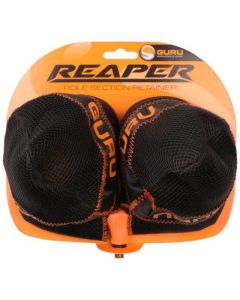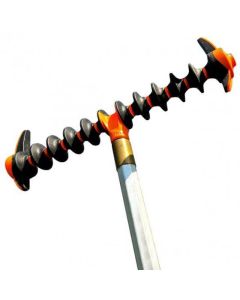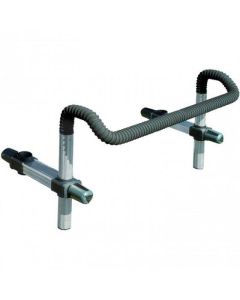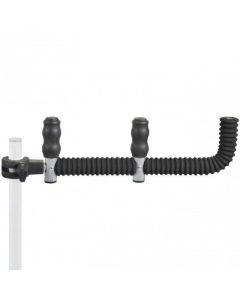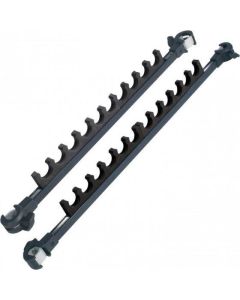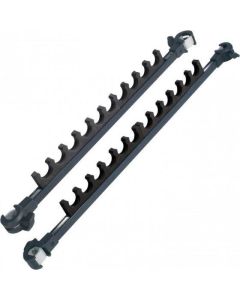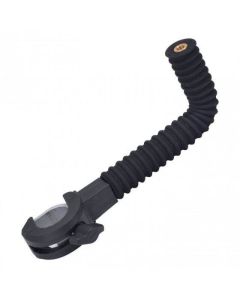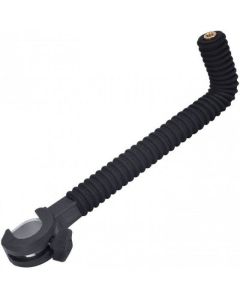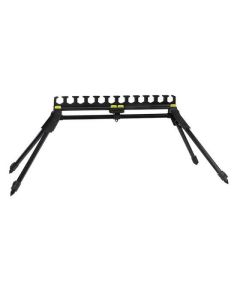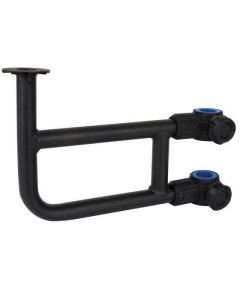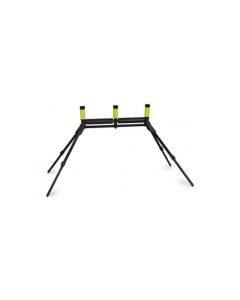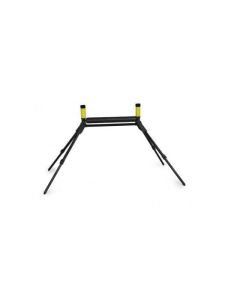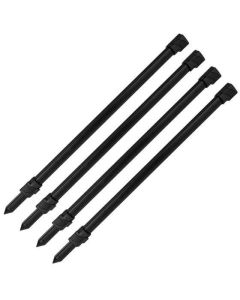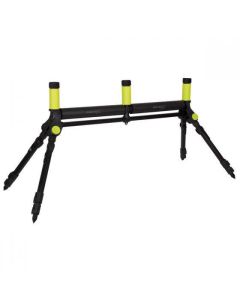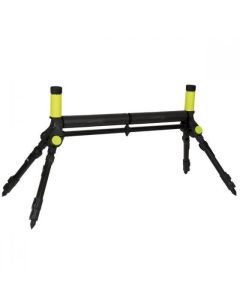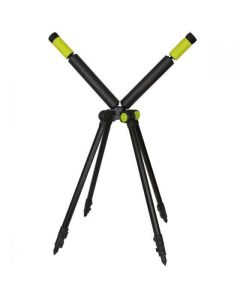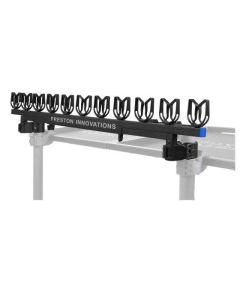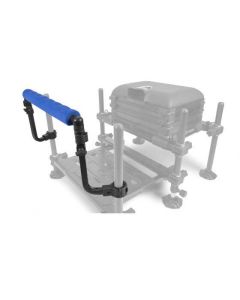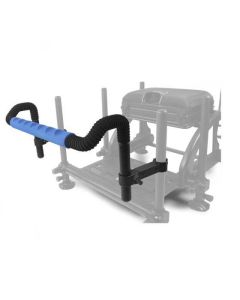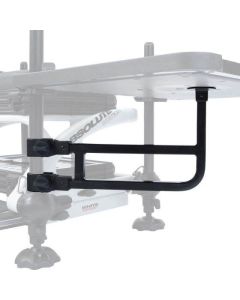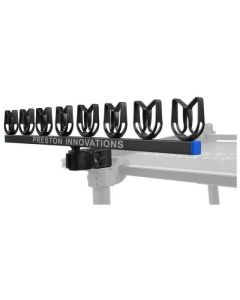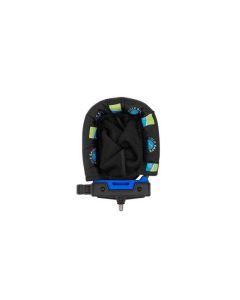Delve into our extensive range of fishing rod supports, designed to enhance both your fishing experience and the safety and longevity of your equipment. Whether you're a coarse, match, or pleasure angler, the right rod support is essential for your success and comfort if combined with a chair or seatbox. Discover our selection from top brands, each offering innovative designs and reliable functionality.
Investing in high-quality fishing rod supports not only enhances your fishing experience but also ensures the safety and longevity of your fishing gear. Our curated selection includes products from trusted brands that meet the high standards of both novice and professional anglers.
Advantages:
- Enhanced stability and safety for your fishing rods.
- Improved management and organization of your fishing gear.
- Protection from damage, ensuring longer life for your rods.
Considerations:
- Some models may be bulky and difficult to transport.
- High-quality rod supports can be an investment, but they provide significant long-term value.
Frequently Asked Questions
-
What types of rod supports are available?
- Our selection includes flatbed and "V" shaped tripod models, pole rollers, pole roosts, and pole socks. Each type is designed to cater to different fishing styles and needs, ensuring your equipment is supported whether you're on a serene lake or in a competitive match setting.
-
How do I choose the right rod support for my fishing style?
- Consider the type of fishing you engage in, the environment you typically fish in, and your specific requirements for mobility and stability. Pole rollers are great for coarse and match fishing, while tripod models offer versatility for varied terrains.
-
Can rod supports help prevent equipment damage?
- Yes, using rod supports can significantly reduce wear and tear on your equipment. They provide stability and safety, preventing your rods from falling over and getting damaged during use.
-
Are heavier or lighter rod supports better?
- The choice depends on your fishing conditions. Heavier supports offer more stability in windy conditions, while lighter models are easier to carry and set up, ideal for anglers who prefer mobility.

